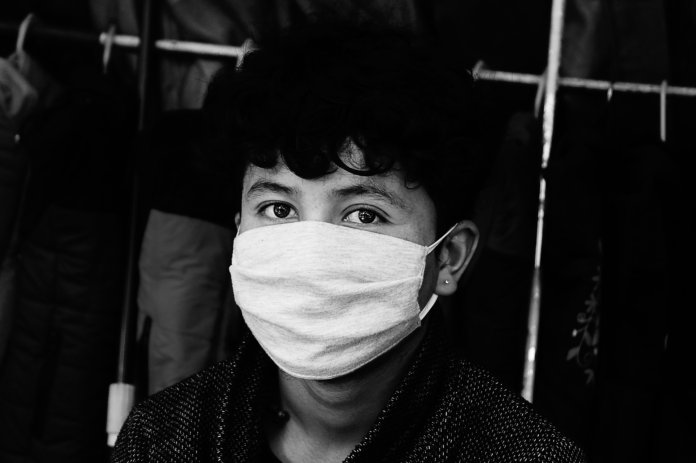Coronavirus, The Evolution of An Old Cold
The evolution of Coronaviruses as a very well-known family of viruses began more than eight decades ago. Recently, the word “coronavirus” has been making headlines. Still, it is critical to remember that this strain has been responsible for many epidemic outbreaks—from a common cold to SARS and MERS.
The outbreak of the coronavirus epidemic in China, is a big concern for the wider public and the scientific community, since it has taken several thousand victims.
However, not everything is as wrong as it seems
The death toll appears to be high, but the percentage of those who lost their lives due to coronavirus infection is not higher than the rate of worldwide deaths caused by the seasonal flu every year.
The precaution measures are in effect because we are dealing with a new type of coronavirus previously undetected in humans. Researchers need time to understand this virus and possibly develop an effective vaccine.
Now, let’s explain more about coronaviruses.
The evolution of the Coronaviruses’ Family
When observed through a microscope lens, coronaviruses appear crown shaped. Hence, the use of a Latin term “Corona” which means crown or a halo.
Coronavirus, isolated back in 1937, was responsible for infectious bronchitis in birds and poultry. But it was not until the 1960’s that research allowed scientists to see coronaviruses infecting humans.
Today we know for sure that two types of coronaviruses, the OC43, and 229E, are responsible for many common cold cases worldwide.
These infections are common during winter months
In total, seven known types of coronavirus can cause infections in humans. These are:
- 229E (alpha coronavirus)
- NL63 (alpha coronavirus)
- OC43 (beta coronavirus)
- HKU1 (beta coronavirus)
- MERS-CoV
- SARS-CoV
- SARS-CoV-2
The last three coronavirus strains on this list are especially interesting. They are associated with more severe complications.
MERS-CoV causes Middle East Respiratory Syndrome (MERS). SARS-CoV is responsible for the infamous SARS disease, the Severe Acute Respiratory Syndrome.
The newest addition to the family of human coronaviruses is the SARS-CoV-2
This particular one causes the COVID-19, a disease responsible for the death toll during the latest coronavirus epidemic in China.
Like all viruses, coronavirus changes over time, and different strains of the virus develop. Some of these strains are more dangerous than others.
In most cases, it doesn’t matter which strain of the virus affects the infected person. Antibodies will deal with these strains. But these neutralizers last for about four months. After this period, it is possible to get infected by the same virus’ strain again.
Transmission
Coronavirus spreads by:
- Coughing and sneezing
- Physical contact with infected individuals
- Touching contaminated objects and surfaces
There is also strong evidence that the current strain of coronavirus was transmitted to humans directly from some animals through the consumption of animal products. However, this theory is still a subject of further research.
The Symptoms
After the infection, it usually takes two to fourteen days for the first symptoms to appear.
When a person becomes infected with the coronavirus (catches a cold), the symptoms are usually mild. They include:
- Sneezing
- Cough
- Sore throat
- Runny nose
- Fatigue
- Fever
In rare cases, coronavirus can cause severe respiratory problems and even death. This extreme reaction happens in people whose immune system is already compromised by some other illness, medical treatment, old age, etc. Pregnant women and young children are also at a higher risk of complications.
Treatment
There is no cure for any of the viruses responsible for the common flu. Coronavirus is no exception.
Usual treatment includes:
- Drinking plenty of liquids
- Resting
- Controlling the fatigue and fever with medications (ibuprofen, acetaminophen, etc.)
- Keeping the airways moist with the use of vaporizers or humidifiers
Current statistics show that more than 80% of people infected with the SARS-CoV-2 recover successfully with only mild symptoms. Around 14% of people experience more severe disease, often with pneumonia. One in twenty cases (5%) includes respiratory failure and septic shock, while for about 2% of the patients, the disease is fatal.
The Coronavirus, The Bottom Line
Coronavirus is nothing new. It has been present in humans and recognized by scientists for a long time. However, this new strain of the virus, SARS-CoV-2, is more dangerous. As such, it requires full alertness of both the public and the scientific community.




